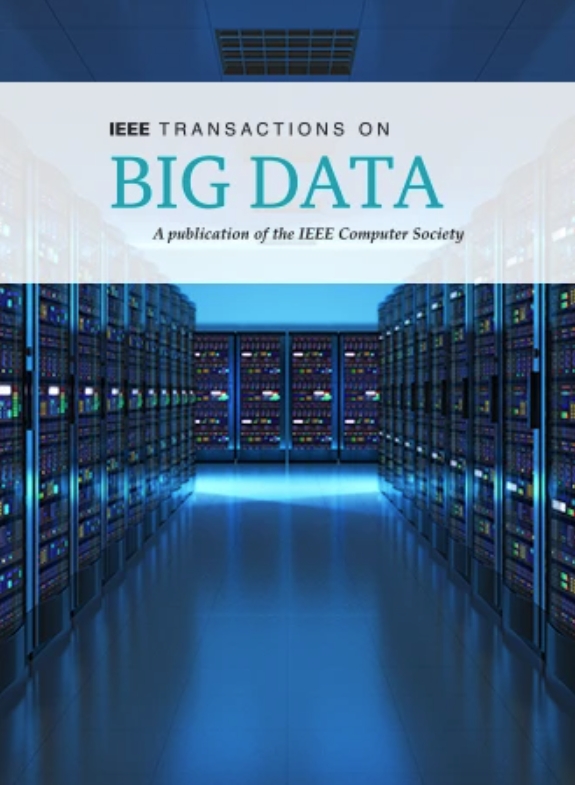Label Distribution Learning Based on Horizontal and Vertical Mining of Label Correlations
IF 7.5
3区 计算机科学
Q1 COMPUTER SCIENCE, INFORMATION SYSTEMS
引用次数: 0
Abstract
Label distribution learning (LDL) is a novel approach that outputs labels with varying degrees of description. To enhance the performance of LDL algorithms, researchers have developed different algorithms with mining label correlations globally, locally, and both globally and locally. However, existing LDL algorithms for mining local label correlations roughly assume that samples within a cluster share same label correlations, which may not be applicable to all samples. Moreover, existing LDL algorithms apply global and local label correlations to the same parameter matrix, which cannot fully exploit their respective advantages. To address these issues, a novel LDL method based on horizontal and vertical mining of label correlations (LDL-HVLC) is proposed in this paper. The method first encodes a unique local influence vector for each sample through the label distribution of its neighbor samples. Then, this vector is extended as additional features to assist in predicting unknown instances, and a penalty term is designed to correct wrong local influence vector (horizontal mining). Finally, to capture both local and global correlations of label, a new regularization term is constructed to constrain the global label correlations on the output results (vertical mining). Extensive experiments on real datasets demonstrate that the proposed method effectively solves the label distribution problem and outperforms the current state-of-the-art methods.基于标签相关性横向和纵向挖掘的标签分布学习
标签分布学习(LDL)是一种新颖的方法,可输出具有不同描述程度的标签。为了提高 LDL 算法的性能,研究人员开发出了全局、局部以及同时全局和局部挖掘标签相关性的不同算法。不过,现有的 LDL 算法在挖掘局部标签相关性时,会大致假设一个聚类中的样本具有相同的标签相关性,但这可能并不适用于所有样本。此外,现有的 LDL 算法将全局和局部标签相关性应用于同一个参数矩阵,无法充分发挥各自的优势。为解决这些问题,本文提出了一种基于横向和纵向标签相关性挖掘的新型 LDL 方法(LDL-HVLC)。该方法首先通过邻近样本的标签分布为每个样本编码一个唯一的局部影响向量。然后,将该向量扩展为辅助预测未知实例的附加特征,并设计一个惩罚项来纠正错误的局部影响向量(水平挖掘)。最后,为了捕捉标签的局部和全局相关性,我们构建了一个新的正则化项来限制输出结果的全局标签相关性(纵向挖掘)。在真实数据集上进行的大量实验证明,所提出的方法能有效解决标签分布问题,并优于目前最先进的方法。
本文章由计算机程序翻译,如有差异,请以英文原文为准。
求助全文
约1分钟内获得全文
求助全文
来源期刊

IEEE Transactions on Big Data
Multiple-
CiteScore
11.80
自引率
2.80%
发文量
114
期刊介绍:
The IEEE Transactions on Big Data publishes peer-reviewed articles focusing on big data. These articles present innovative research ideas and application results across disciplines, including novel theories, algorithms, and applications. Research areas cover a wide range, such as big data analytics, visualization, curation, management, semantics, infrastructure, standards, performance analysis, intelligence extraction, scientific discovery, security, privacy, and legal issues specific to big data. The journal also prioritizes applications of big data in fields generating massive datasets.
 求助内容:
求助内容: 应助结果提醒方式:
应助结果提醒方式:


